European countries, as advanced economies, are experiencing an increasing trend in homelessness (insp 2017). At the same time, empirical evidence suggests an ineffectiveness in homeless services, as homeless people either reject help or they do not approach free public services. Our Blockchain 4 Cities proposal seeks to develop a way that facilitates city councils in European countries to increase efficiency on homeless service provision, by empowering homeless people through demand data sharing.
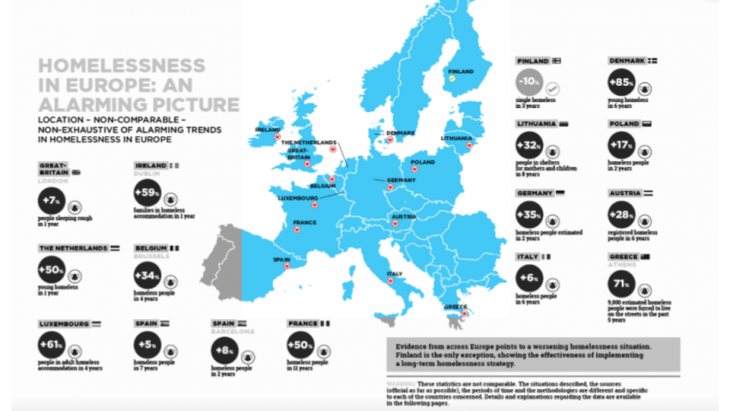
Challenge
We identify 4 challenges that play as reasons for homeless people refuse help:
Lack coordination
According to Geertsema et. al (2010) and Eustat (2016), there is a lack of coordination between homeless people’s demand and the allocation of homeless services in the following aspects:
- Specific groups of homeless people (e.g. single) are not targeted as priority group.
- Service types are limited. In Spain, for instance, there are 60% of homeless centres dealing with homeless people with addiction, immigration, or female victims of violence.
Lack data of demand
According to Geertsema et. al (2010), homelessness data is insufficient on both the satisfaction of services and personal demand for services, despite they affect the already tight expenditure.
Lack engagement
The key reason for non-take-up homeless services is lack of personal involvement in sustaining the services.
Extra compexity of service
Homeless people avoid attending services also due to the complex paperwork they need to process.
Blockchain provides the potential to address these challenges through empowering homeless people by tokenization of services and create trusted network with multisig safe.
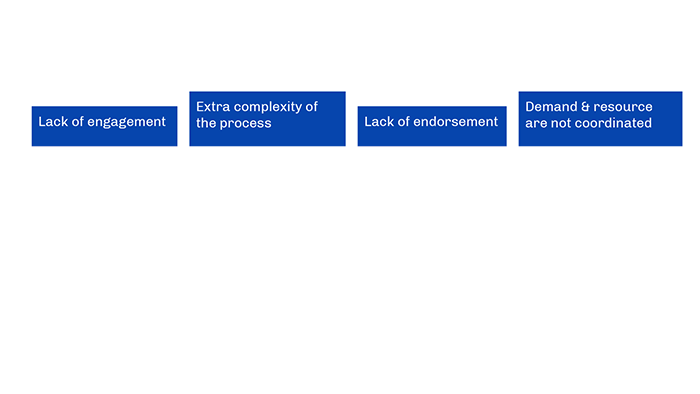
Proposal – demand data for services
To create a step-by-step user engagement, we firstly classify demand data according to Maslow’s hierarchy of needs. The basic demand usually involves physical resources such as food and shelter, with simple and quantifiable demand data; the social demand requires cross-departmental collaboration, and is difficult to define. With the help of blockchain, the data sharing of basic demand could be incentivized, and sharing of social demands more reliable.
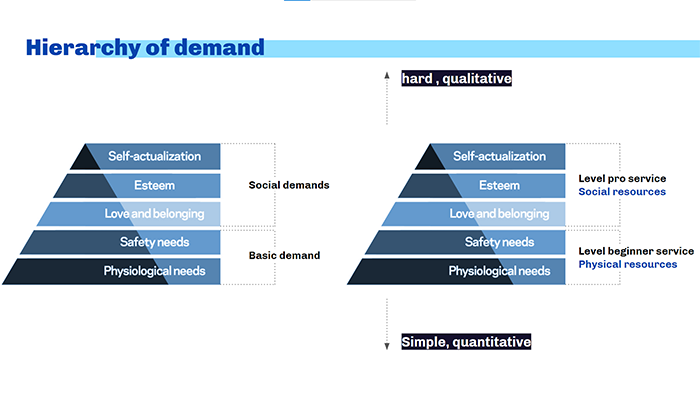
Platform
The platform is divided into 2 phases: Beginner phase with physical resource distribution, and Pro phase with both physical and social resource distribution. In both phases, quilt will be our circulated utility token.
Beginner phase
Register identity
The first step is to register homeless user with basic legal and health information. Instead of sharing personal data among sectors, a safe is used to issue identity certificate and verified by sectors who take investigation separately.
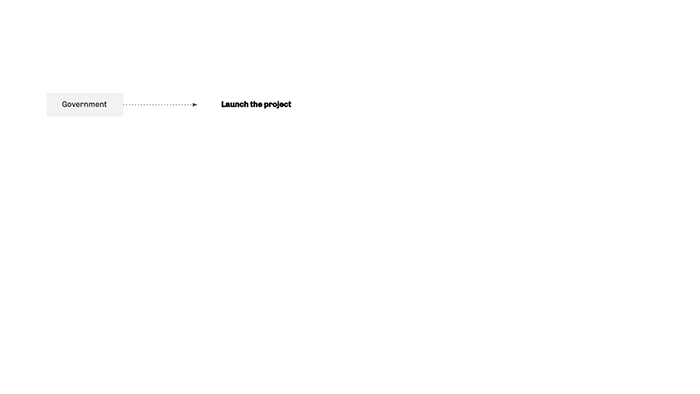
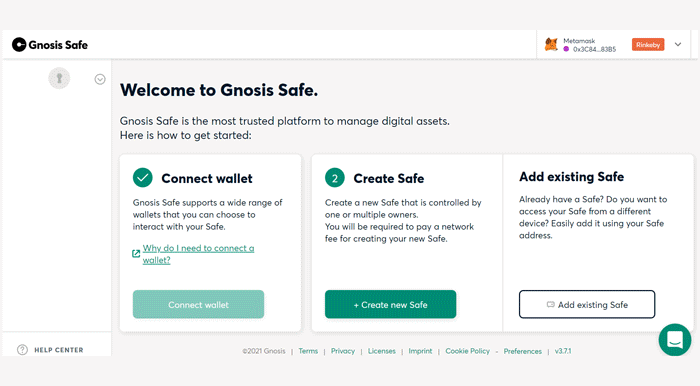
Data sharing
With training conducted by NGO and homeless peer mentors, homeless users sharing demand data by taking questionnaires in our app. The submitted questionnaire will trigger transaction for timestamping the data, and frequency of submission is controlled through limiting gas fee for users’ app.

Service allocation
After confirmation of data validity, tokens will be transferred to users’ wallet. Users could use tokens for services they need.
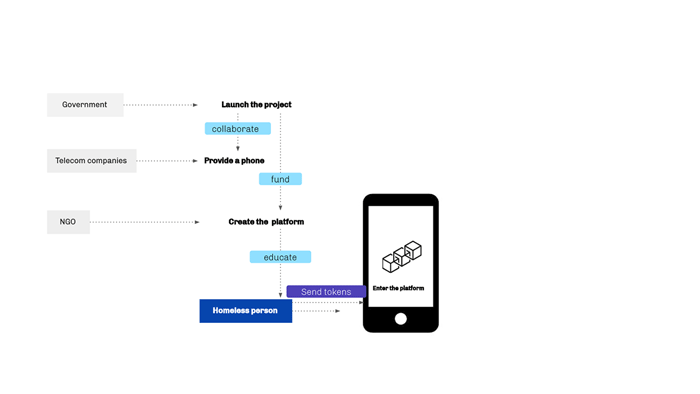
Pro phase
Homeless people will be able to obtain bigger opportunities after 30 transactions. The NGO would invite them to enter the “Pro” safe where they could obtain higher amount of Quilts through being employed as a peer tutor. They also receive tokens and certificate during the process of teaching peers. More complex social demand data will be recorded during this process, with trust built among homeless people.

In the end, more horizontal learning with be incentivised and a stronger sense of community will be established for sustaining social demand and proactive steps exiting homelessness.
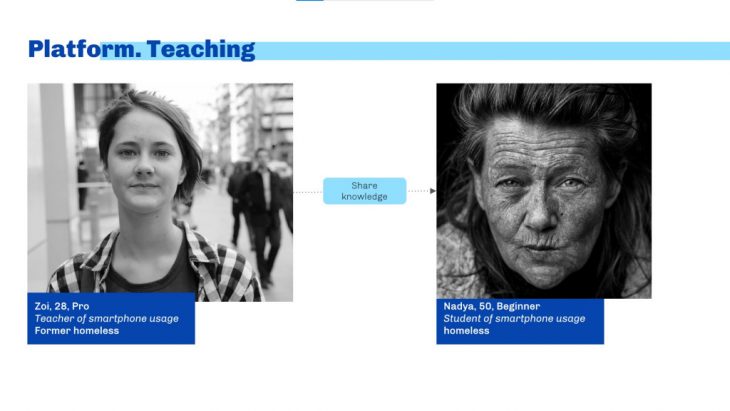
Blockchain for Homeless Data sharing is a project of IAAC, Institute for Advanced Architecture of Catalonia developed at Master in City & Technology in 2020/21 by students: Arina Novikova, Dongxuan Zhu and faculty: Maria-Luisa Marsal Llacuna